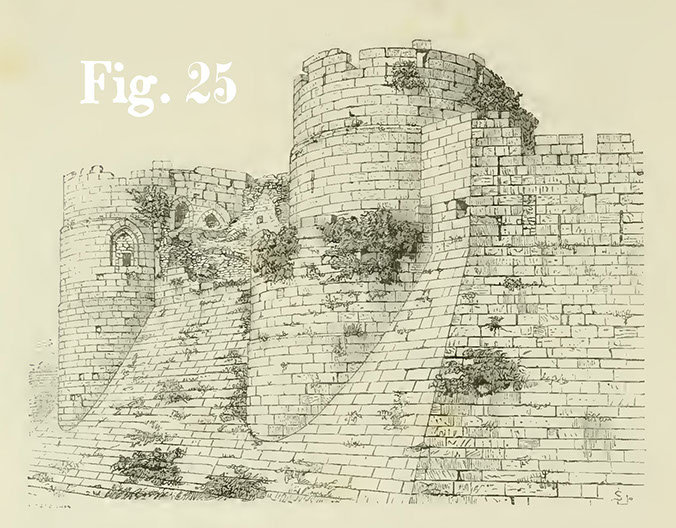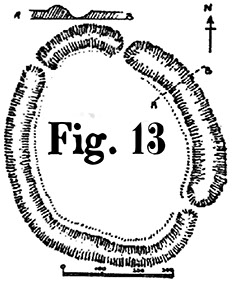A Study of Syrian Castles and Forts
تحقيق في القلاع في سوريا
A Study of Syrian Castles and Forts
The Syrian landscape is dotted with fortresses and castles and traces of these can be found on satellite images all over the country. I am not talking of ancient ruins like ancient Palmyra or the traces of crusader fortresses like Krak des Chevaliers, I am talking about fortresses that have been constructed since the outbreak of the Syrian Civil War in 2011. Even though this conflict is fought with modern weapons, many of the tactics implemented seem ancient. There have been dozens of bloody sieges fought over the course of this conflict and many cities and towns have come to protect themselves with security measures that can only be described as city walls. True, mostly sand is being used and not stones, but when judging the layout of these defensive measures, they are almost indistinguishable from ancient fortifications. Sand has replaced stone, checkpoints have replaced city gates, water towers and high-rises are the modern equivalent of watchtowers and grain silos or power plants serve the role of ancient keeps. And the pickup truck apparently has replaced the horse in the arid environment of eastern Syria. Unfortunately, the term “Toyota War” has already been coined for a conflict in North Africa in the mid-80s – otherwise it would be extremely fitting
What is fascinating, is that all of this takes place within a modern urban environment. None of the structures had been built for the purpose they are used for in this conflict. You know your civil war goes badly, if you start naming battles for gas station and car repair shops, but this is what has happened. Maybe the fact that you are fighting a civil war already hints at the state of things. If a highway rest area, step by step, is turned into a fortress, I doubt that this would have been something the architect was thinking about, when drawing the original plans. But apparently, fortresses and rest areas seem to share some requirements, when it comes to location and layout.
For much of history, cities were the stuff within city walls and until the early 20th century, fortifications were an element of urban planning. But we have come to believe that war has evolved. Cities have outgrown their walls and most cities demolished them altogether. Where they do remain, they are kept in shape not to fend off invaders, but to attract tourists.
It is interesting to see, how these traces of the modern conflict mixes with traces of earlier eras. From a Western perspective, the Middle East is understood to be the cradle of civilizations. That is mostly derived from the fact that many of the oldest cities can be found here. If we take Palmyra for instance. Here, the Islamic State tried to destroy the ancient ruins, while at the same time, creating new fortifications in and around the city. Looking at satellite images, both can be seen side by side. And both look alike. Maybe the traces left by the Syrian Civil War are not going to amaze tourists in the distant future, but they might attract archeologists nevertheless.

Fig. 05 The Crusader Castle of Krak des Chevallier
Fig. 06 The Grain Silo of Manbij
Project Images









<
>












<
>
Fig. 53 Image of an Assyrian Battering Ram Fig. 54 The SVBIED as a modern battering ram.
Fig. 72 / Fig. 73 Ancient and modern siege weapons














<
>
© Simon Menner 2018